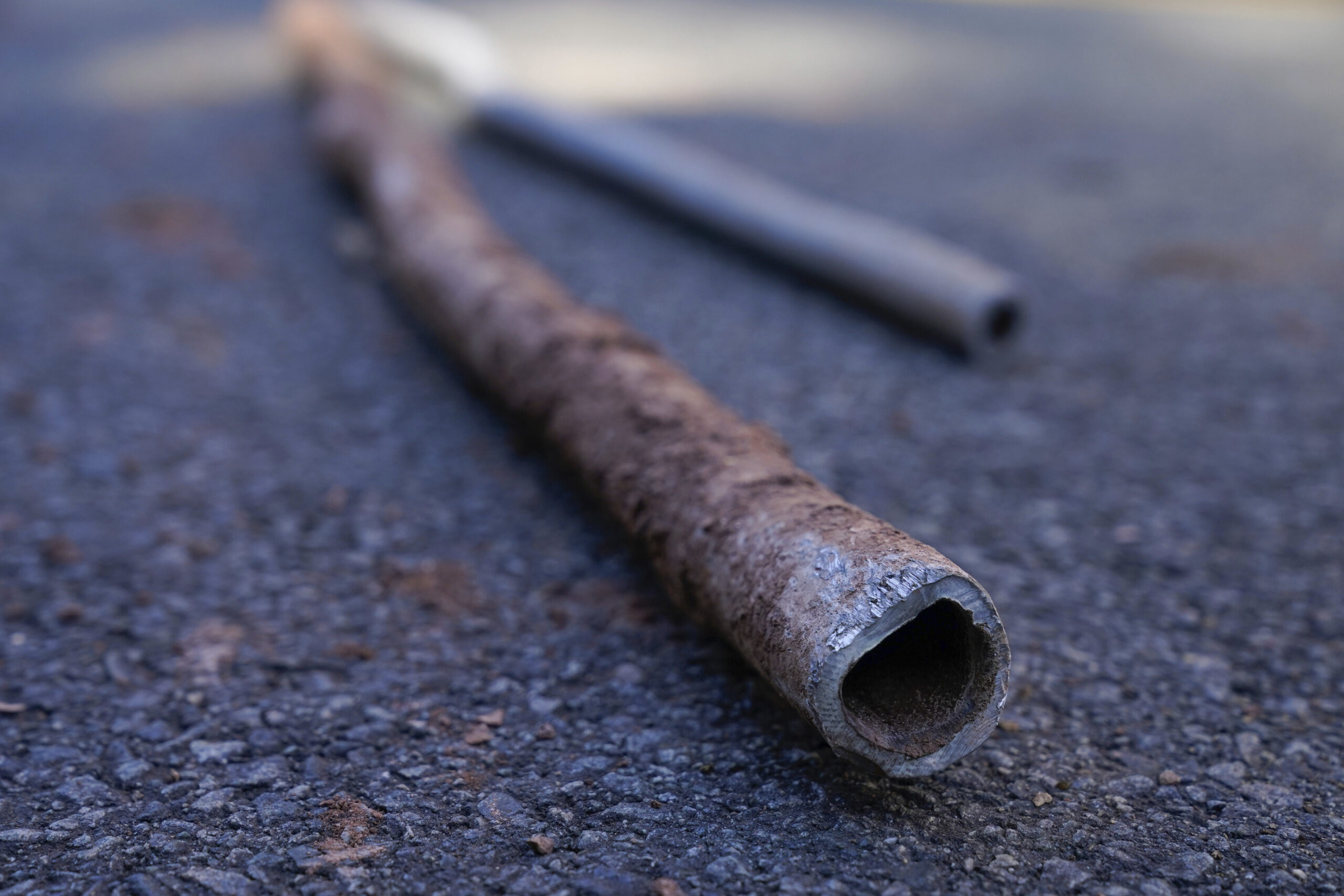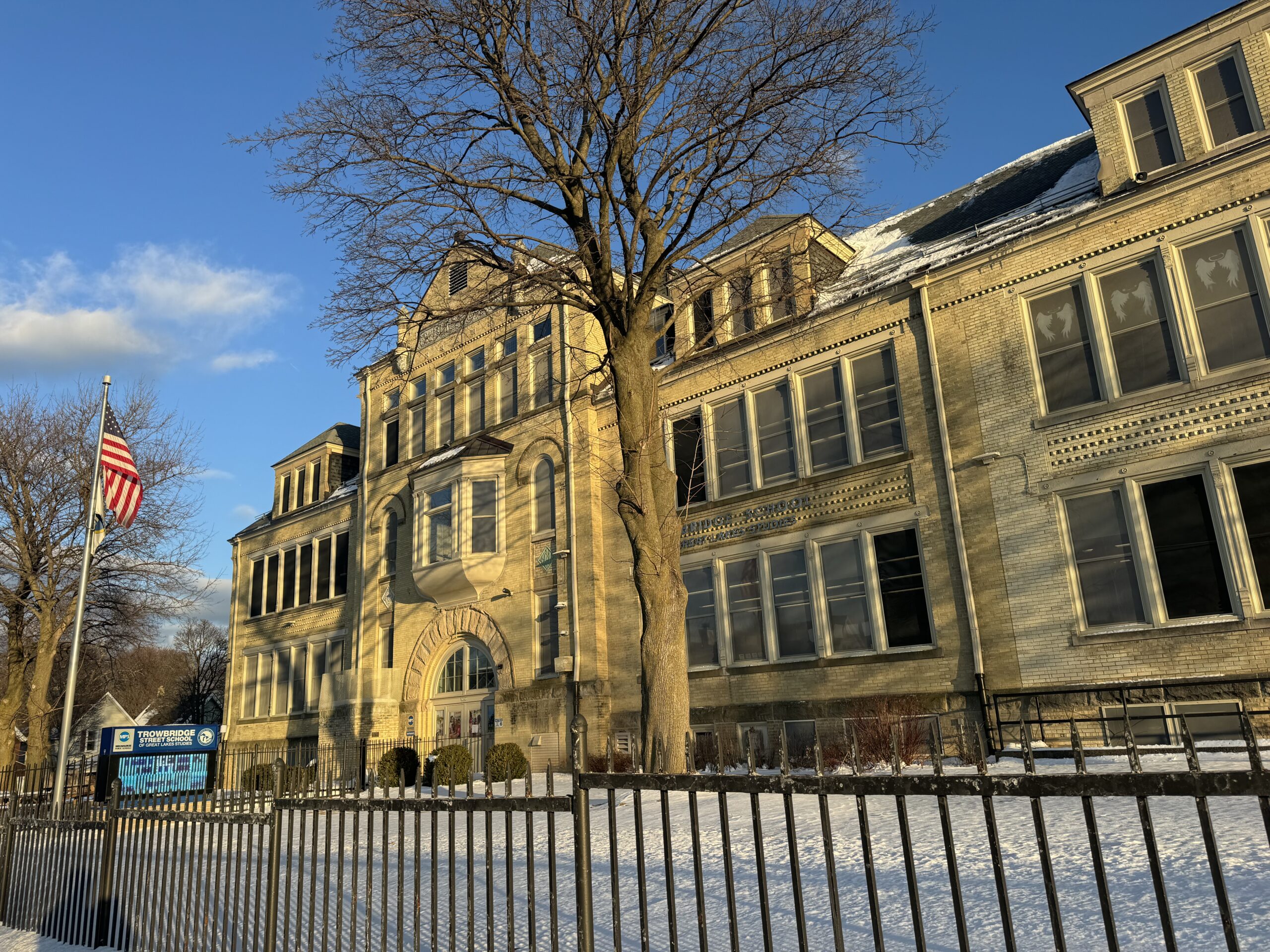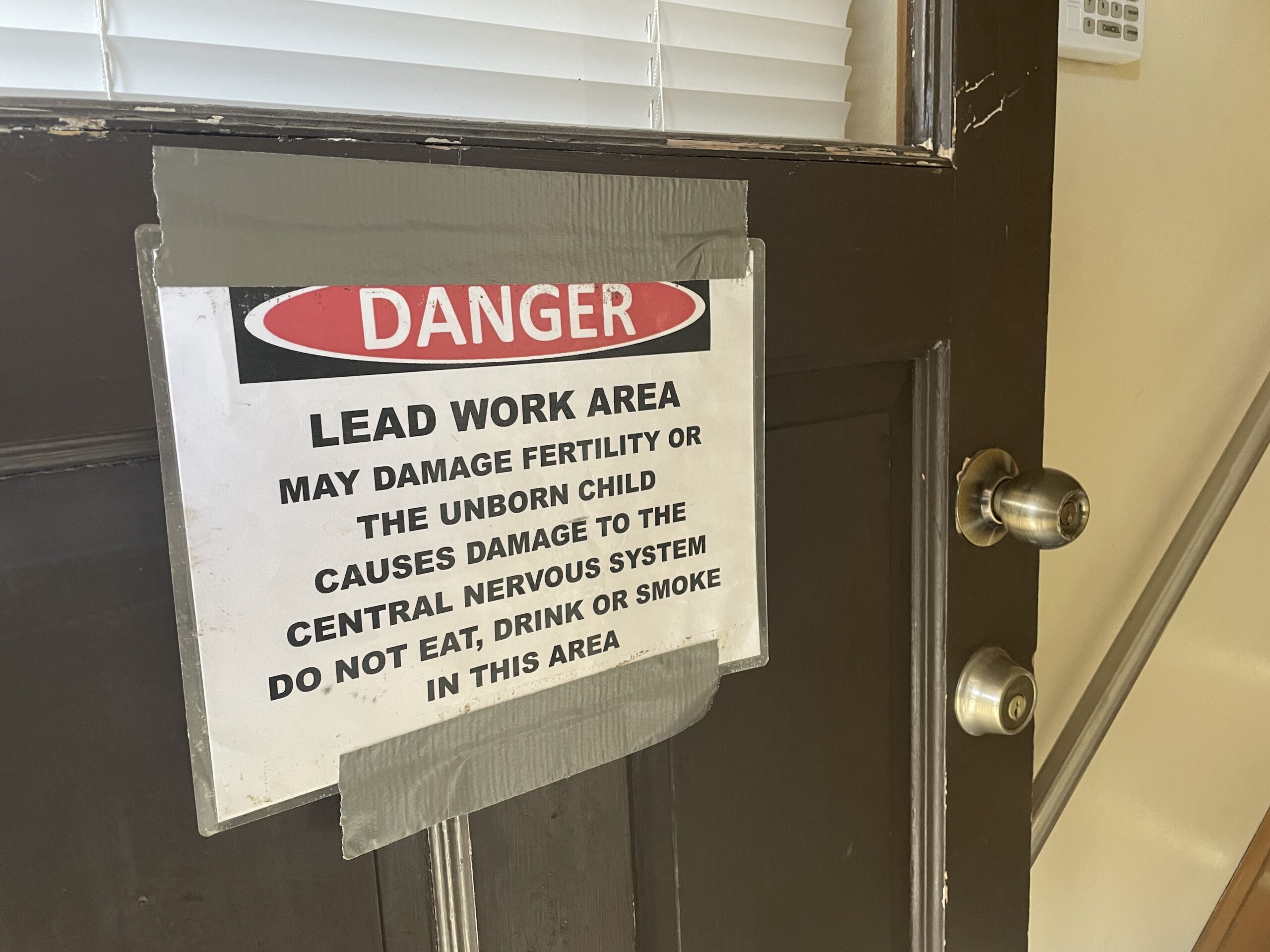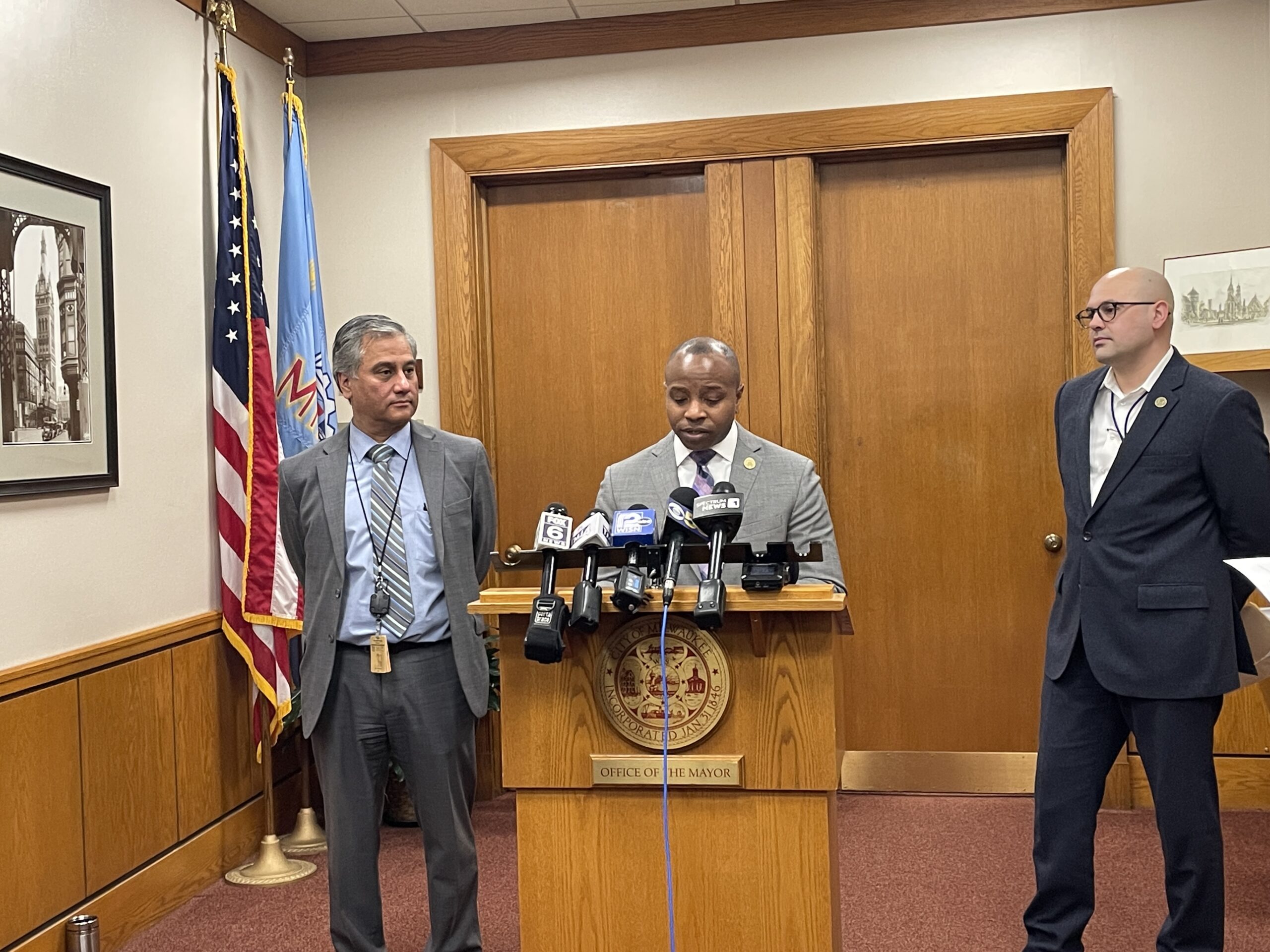Gov. Tony Evers announced Tuesday that the Wisconsin Department of Health Services has finalized a regulation that aims to protect more kids from lead poisoning.
The agency has been operating under an emergency rule that lowered the threshold for lead poisoning from 5 micrograms per deciliter to 3.5 micrograms per deciliter. The governor said that rule will now become permanent.
By lowering the threshold, Evers said more kids and families will be able to access educational resources, screening and coordinated care for lead poisoning. State health officials estimate about 1,400 more kids will qualify for environmental intervention services under the new rule.
“Finalizing this rule means more kids and families in Wisconsin will be able to get the help and resources they need if they’re exposed to lead,” Evers said in a statement. “But there’s a heck of a lot more the state should be doing to help make sure our kids are never exposed to harmful contaminants.”
Evers proposed more than $300 million to address lead in pipes, schools, homes and child care centers under the next two-year state budget, including more than $6 million for local health departments to support lead poisoning response and intervention. Republican lawmakers stripped those items along with more than 600 proposals.
The governor urged GOP legislators to approve investments “to improve water quality and eliminate harmful contaminants across our state.”
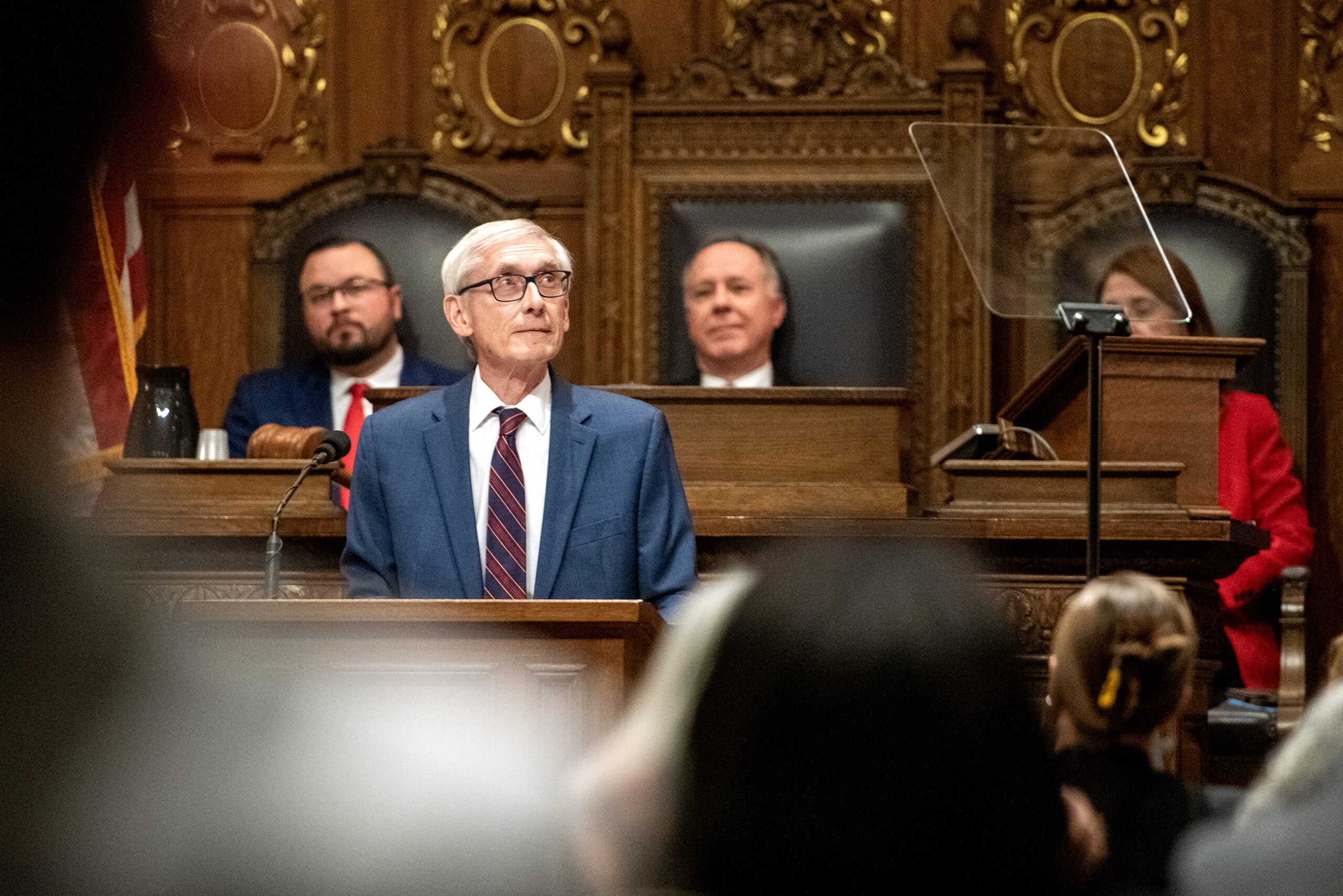
There is no safe level of lead exposure. Lead poisoning can cause damage to the brain along with learning and behavioral problems in children. Lead paint is the primary source of lead exposure in Wisconsin.
The finalized rule would bring Wisconsin’s regulations in line with recommendations released by the Centers for Disease Control and Prevention in 2021. The Wisconsin Department of Health Services estimates 3,272 kids did not qualify for environmental intervention services under the previous threshold of 5 micrograms per deciliter between November 2021 and February 2024.
The announcement comes as the city of Milwaukee has been dealing with hazardous levels of lead dust in public schools that prompted nine schools to close. City health officials had requested federal assistance from the CDC to supplement its response to the city’s school lead crisis.
However, the CDC was unable to send a team to assist as it’s been affected by federal layoffs stemming from efforts by the Trump administration and Department of Government Efficiency to cut spending and staff.
More than 4,500 kids under the age of 6 tested positive for lead poisoning in Wisconsin last year, according to the Department of Health Services.
News with a little more humanity
WPR’s “Wisconsin Today” newsletter keeps you connected to the state you love without feeling overwhelmed. No paywall. No agenda. No corporate filter.
Wisconsin Public Radio, © Copyright 2026, Board of Regents of the University of Wisconsin System and Wisconsin Educational Communications Board.
